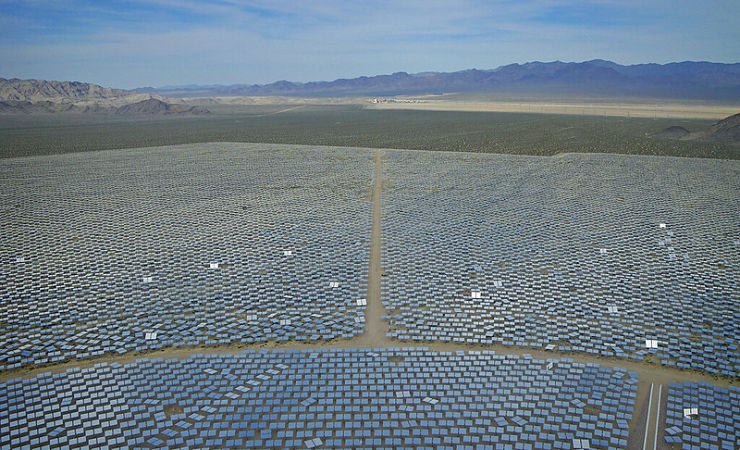A Reflection: Vanguard Projects as Intermediation Spaces in Sustainability Transitions

Kate Gasparro with the Building Better Cities Consultancy in Detroit, Michigan reflects on the recent research article, “Vanguard Projects as Intermediation Spaces in Sustainability Transitions,” she and co-authors Vedran Zerjav, Efrosyni Konstantinou, and Carter B. Casady published in the Project Management Journal.
In August, United Nations scientists found that global warming will exceed 1.5°C in the next decades unless we pursue rapid and deep reductions in greenhouse gas (GHG) emissions. Motivated by the urgency of the climate crisis, we, as scholars of projects, urban infrastructure, and cities, wanted to explore the process of continuously translating climate policy into action. Specifically, we wanted to investigate and better understand the role of projects in the achievement of climate change policy goals. This drew us to the sustainability transitions literature. This literature, integrated with the field of project studies and project management, unlocked ways in which we conceive of projects and their ability to achieve objectives beyond time, cost, and quality.
In that vein, we dissected the creation and efficacy of transformational projects that seek to slash GHG emissions and slow climate change. One such project we focus on is Ivanpah, located in Southern California and the largest concentrated solar plant in the world, which can generate 392 megawatts of renewable energy. This is nearly the same amount of energy needed to power the entire city of Ann Arbor.

We found that transformational climate projects are made possible at the moment when climate technology is able to scale and governments (or companies) create policies that funnel investments into specific technology-based projects. For Ivanpah, this meant a catalytic investment and momentum from the Obama administration at the same time the solar technology was ready to scale.
Over the years, countless vanguard projects have been facilitated by governments with strong climate policies. In Santiago, Chile, the water utility constructed three biofactories that convert wastewater and sewer sludge into clean energy. The vanguard project, which will be zero waste and carbon neutral by 2022, was pioneered to adhere to regulatory standards and address national environmental concerns. We use the term vanguard projects to reflect the significant amount of novelty and innovation in project execution towards sustainability transitions and the achievement of climate change policy goals. By elaborating on the role of vanguard projects as vehicles to accelerate action to combat climate change, we add to conversations focused on transformational projects that will be needed for the transition to net-zero carbon commitments.
The built environment is inextricably linked with impacts on the environment. Thus, the climate crisis cannot be divorced from the study of projects. New scholars should embrace this cross-disciplinary way of thinking, especially as shifting policies have impacted project conceptualization. This complexity has been heightened during the pandemic in which resources had to be diverted from vanguard projects with climate outcomes towards social support. Without a dedicated focus on climate change, it’s more difficult to strategically establish and execute projects to influence and ultimately shape environmental outcomes.
As a result of conflicting policy objectives, many cities are hesitant to make climate or carbon neutrality goals without federal investments, limiting how projects can achieve positive climate change outcomes. Across the world, cities are waiting for national commitments to clean energy investment that will help translate climate policy into climate action. Leveraging these dollars will mean new projects that will slash GHG emission, slow climate change, and build better cities. Therefore, projects become the key mechanism needed to address the climate crisis. The instigation of vanguard projects within a climate transition is a long, political process that needs to be guided by a climate change ethos, intention, and the urgency of the problem.


























































































